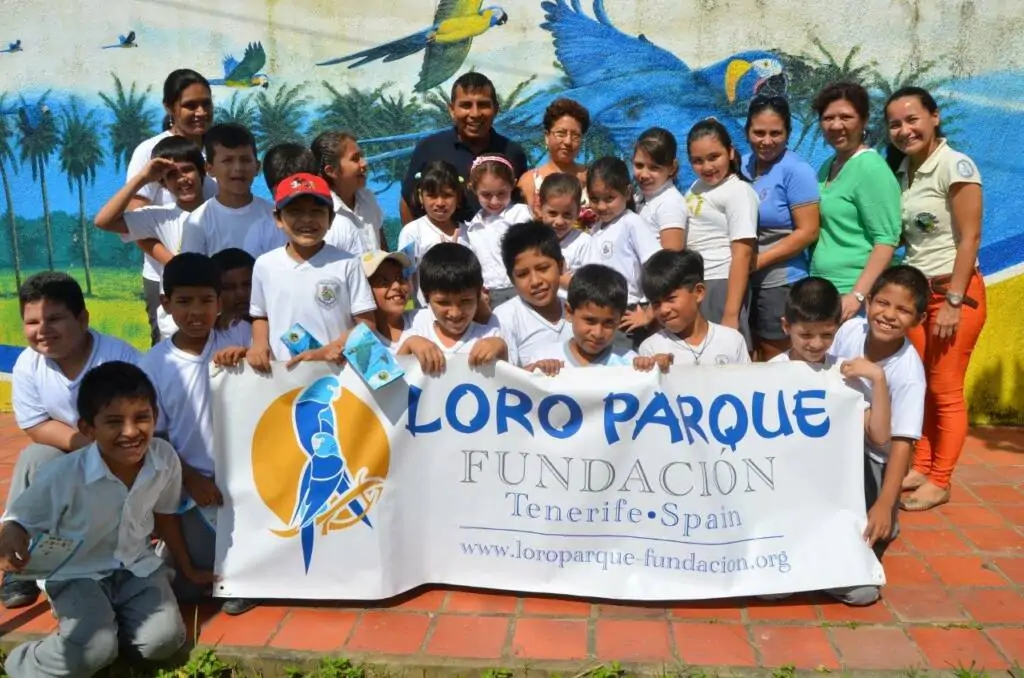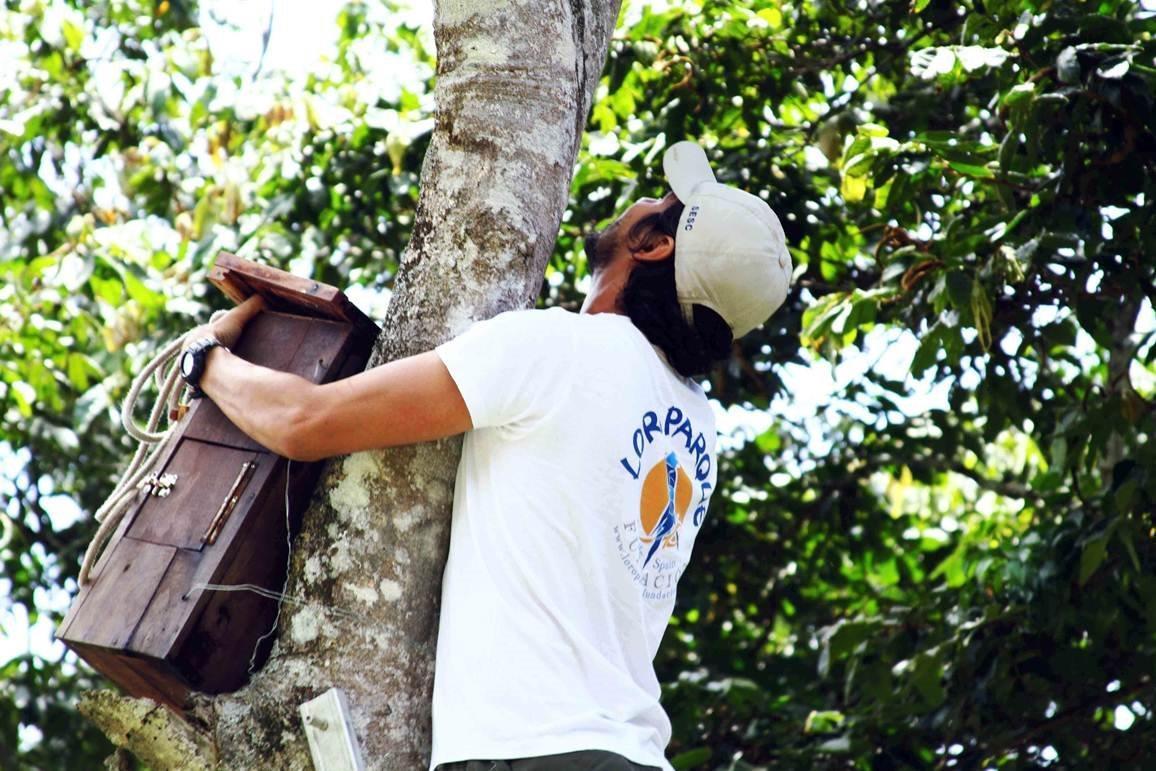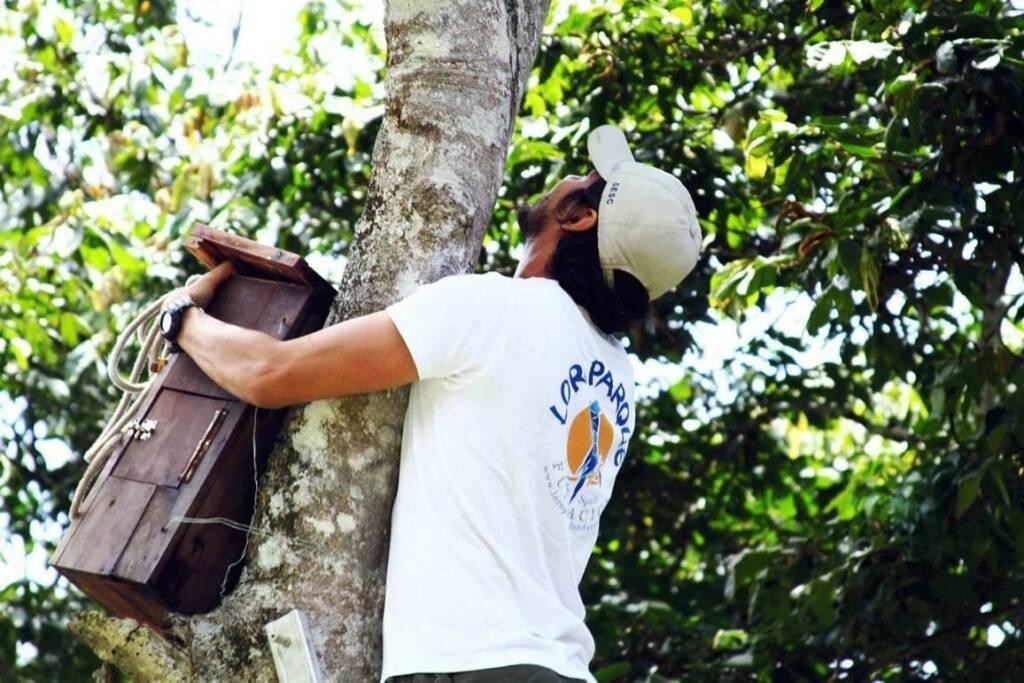
At the annual meeting of the advisory committee of the Loro Parque Fundación held in Puerto de la Cruz, it was decided to dedicate almost 1.3 million dollars to 53 nature conservation projects to be carried out over the next year on the five continents. With this commitment, the total amount that Loro Parque Fundación has dedicated to nature conservation will amount to 22.8 million dollars.
This year, the projects in Europe, especially in the Canary Islands and the rest of Macaronesia (Cape Verde, Madeira and the Azores) are the main focus, they will receive almost half of the funding (more than 585,000 dollars). Next are the projects focusing on the threatened species and ecosystems of the Americas, they will receive 34% of the funding this year (more than 440,000 dollars). Also, noteworthy this year is funding for nature conservation in Africa, which amounts to almost $170,000. Asia, with almost $60,000, and Australia and Oceania, with $33,000, will receive the remaining part of the funding, which will be distributed among the five continents and among 53 conservation and research projects to be implemented by 32 NGOs and universities around the world.
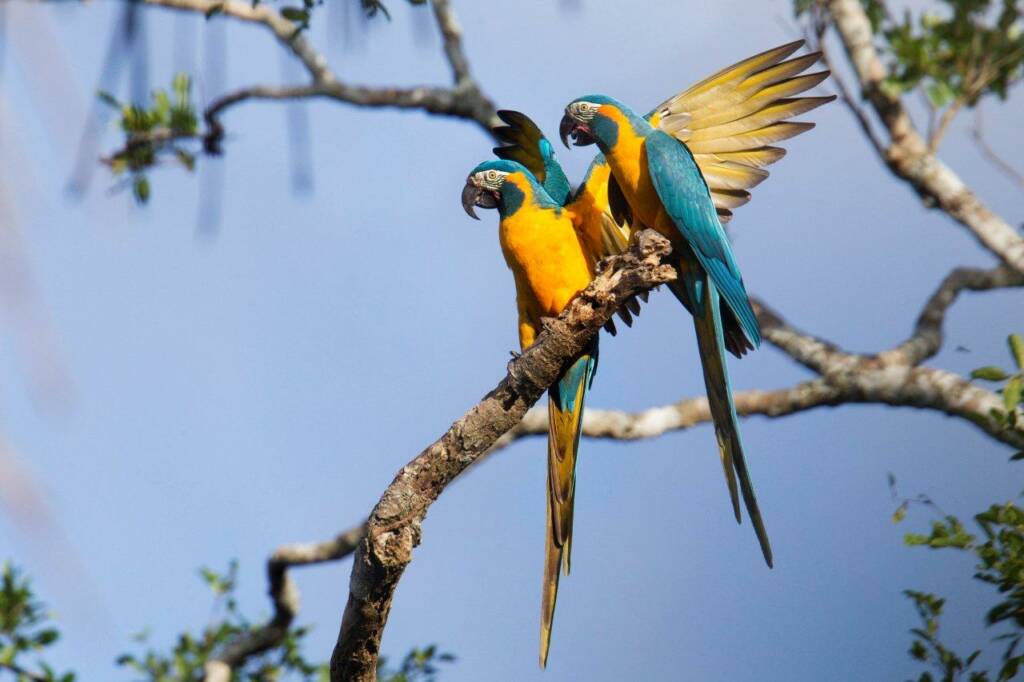
By country, Spain stands out with $527,000, followed by Brazil with over $130,000 and Ecuador with $93,000. But the list of countries is much longer, and this year the Foundation will also carry out projects in Australia, Belize, Bolivia, Cape Verde, Colombia, Cuba, Ethiopia, Germany, Guatemala, Indonesia, Mexico, Philippines, French Polynesia, Senegal, Thailand, Zambia and Zimbabwe. Some of these projects are transnational, so their benefits will reach the ecosystems and threatened species of many other neighbouring countries.
From an ecological point of view, terrestrial species and ecosystems are the ones that will receive most of the aid from the Loro Parque Foundation (over $827,000), including the protection of one of the best-preserved lion populations in all of Africa in the Hwange National Park in Zimbabwe, which will receive $53,000. Another very prominent species is the Philippine cockatoo (critically endangered on the IUCN red list). The project will receive more than $39,000 to continue securing the populations
on Rasa Island and try to extend the reproductive success achieved in that area to other places in the region. Other notable species and terrestrial ecosystem projects are aimed at protecting the blue-throated macaw in Bolivia, the yellow eared parrot in Colombia and Ecuador, or the hyacinth macaw in Brazil or Bolivia.
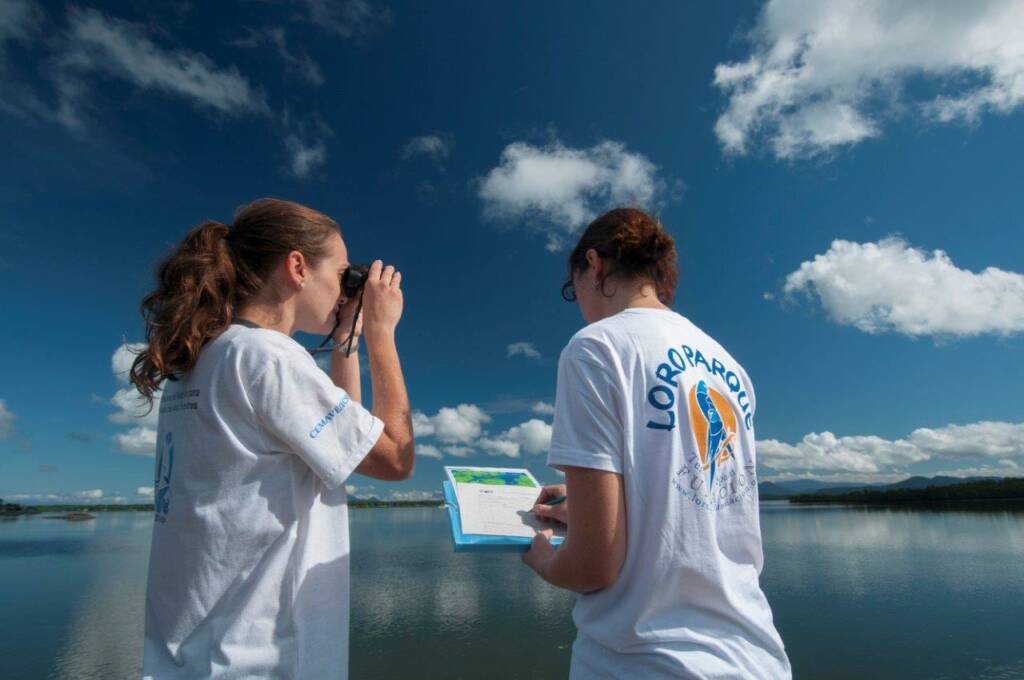
But we must not forget the effort in the conservation of marine species and ecosystems, to which the Loro Parque Fundación will dedicate more than $460,000 next year. Of these, more than two thirds will be dedicated to the CanBIO project, co-financed by the Canary Islands Government, which began in 2019 and which in a few weeks will complete its network for controlling climate change at sea, with the installation of a scientific buoy in El Hierro. From 2021, autonomous marine vehicles will be deployed to carry out measures throughout the archipelago, and in 2022 they will be extended to the whole of Macaronesia. CanBIO’s actions also include the conservation of critically endangered species, such as the angel shark and the butterfly ray.
The remaining funding for marine projects will be devoted to the conservation of several cetacean species, including the Atlantic humpback dolphin in the Saloum delta (Senegal). IUCN experts consider this species to be critically endangered, and it could disappear in a few years if urgent action is not taken to protect it.
